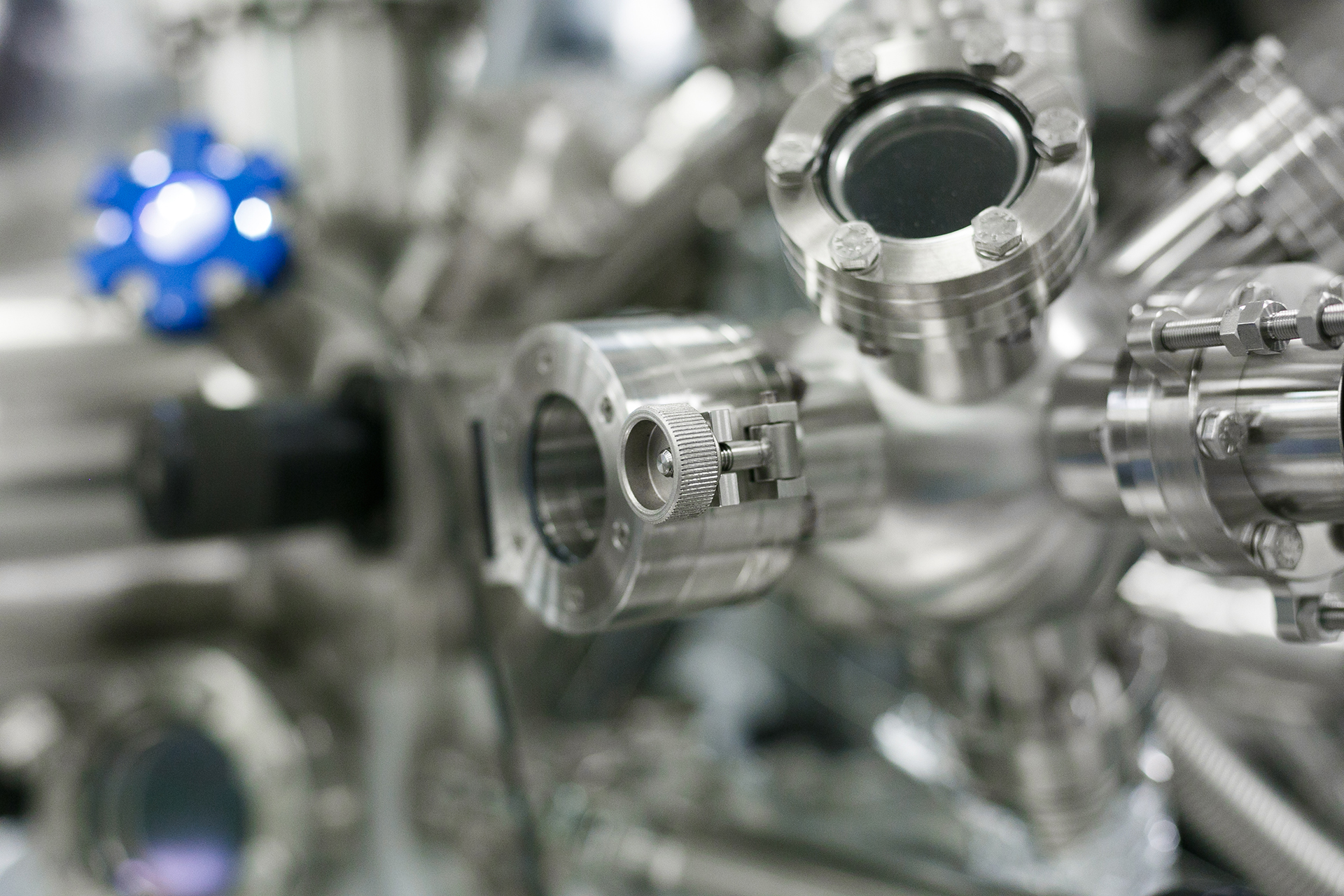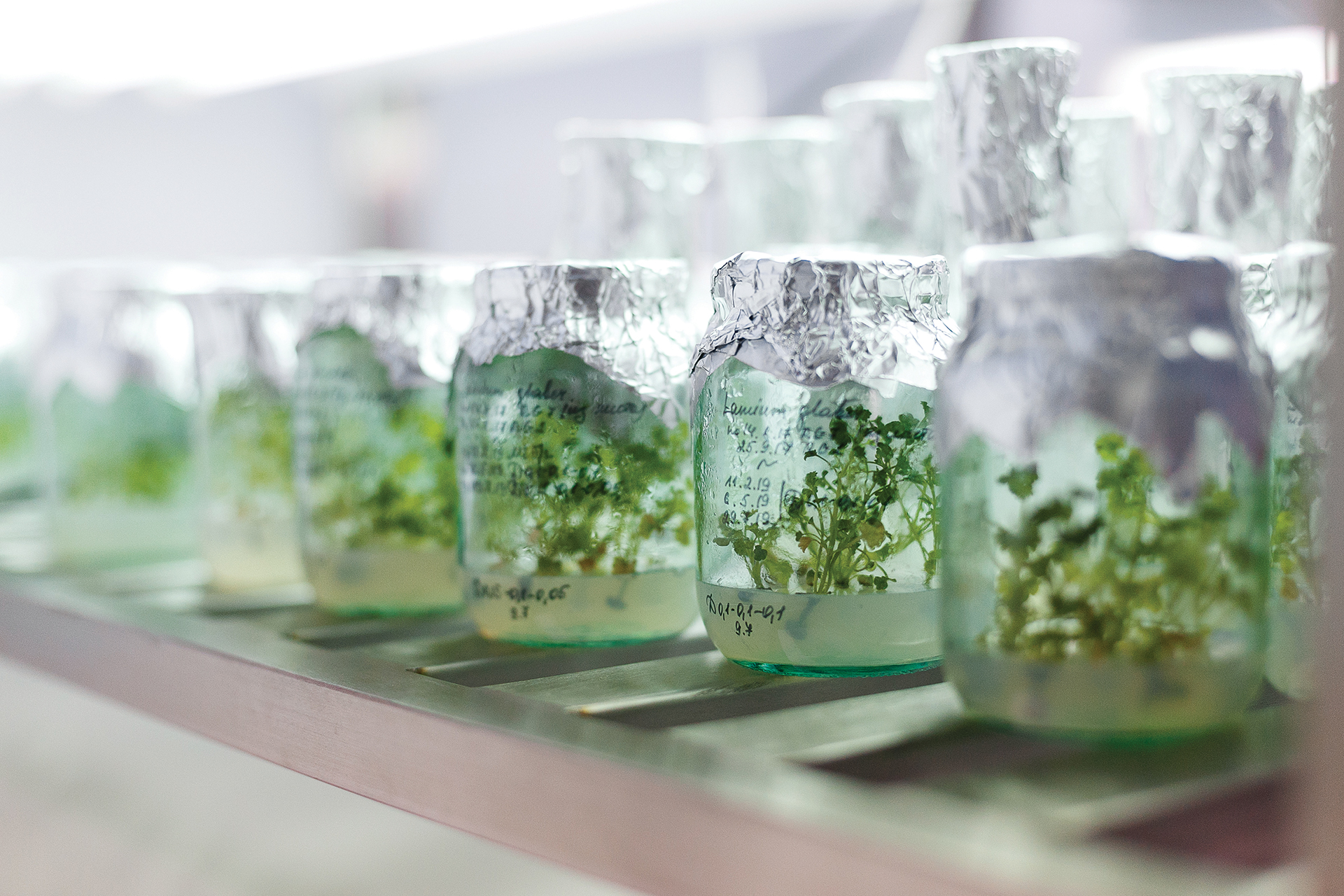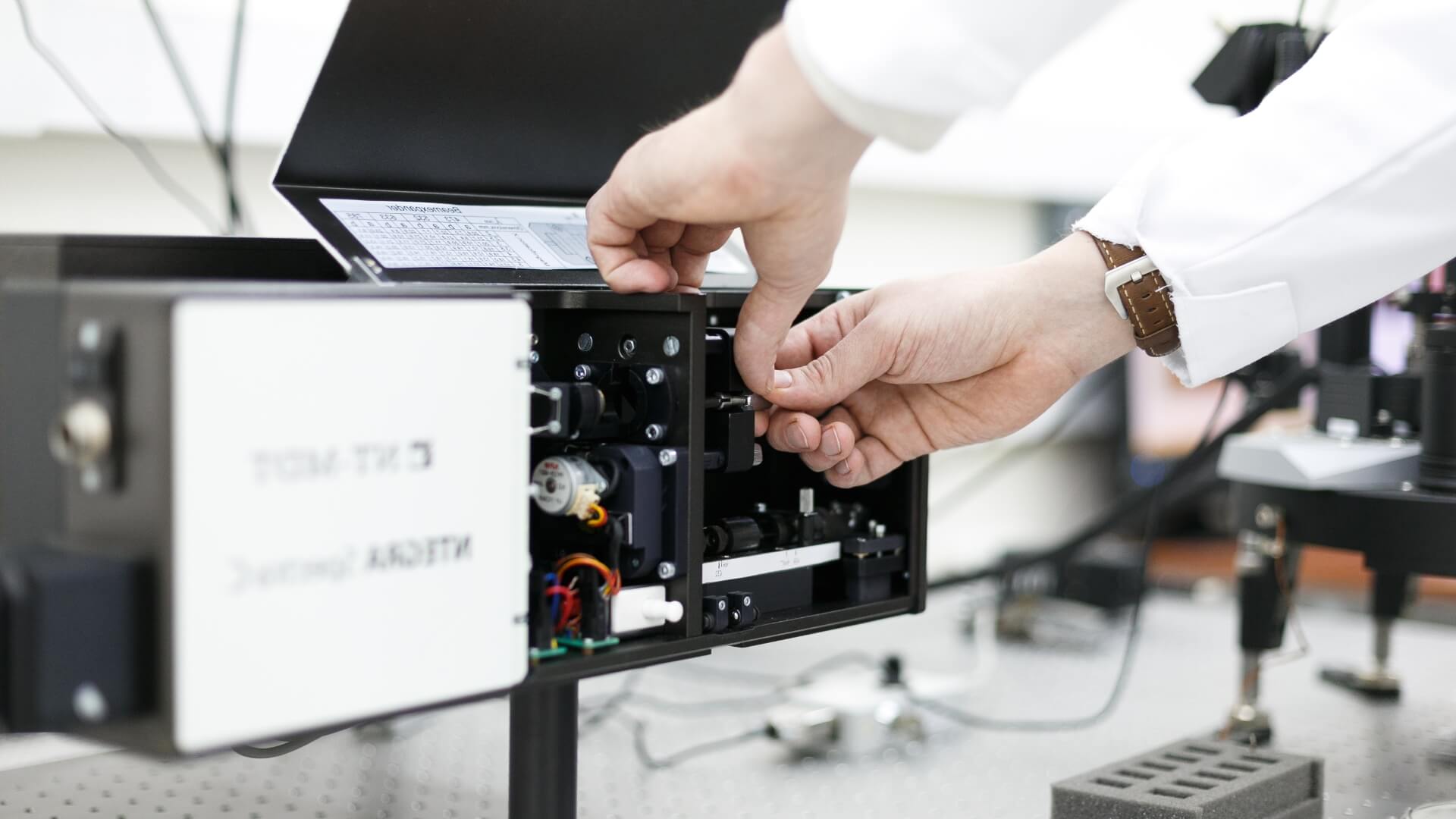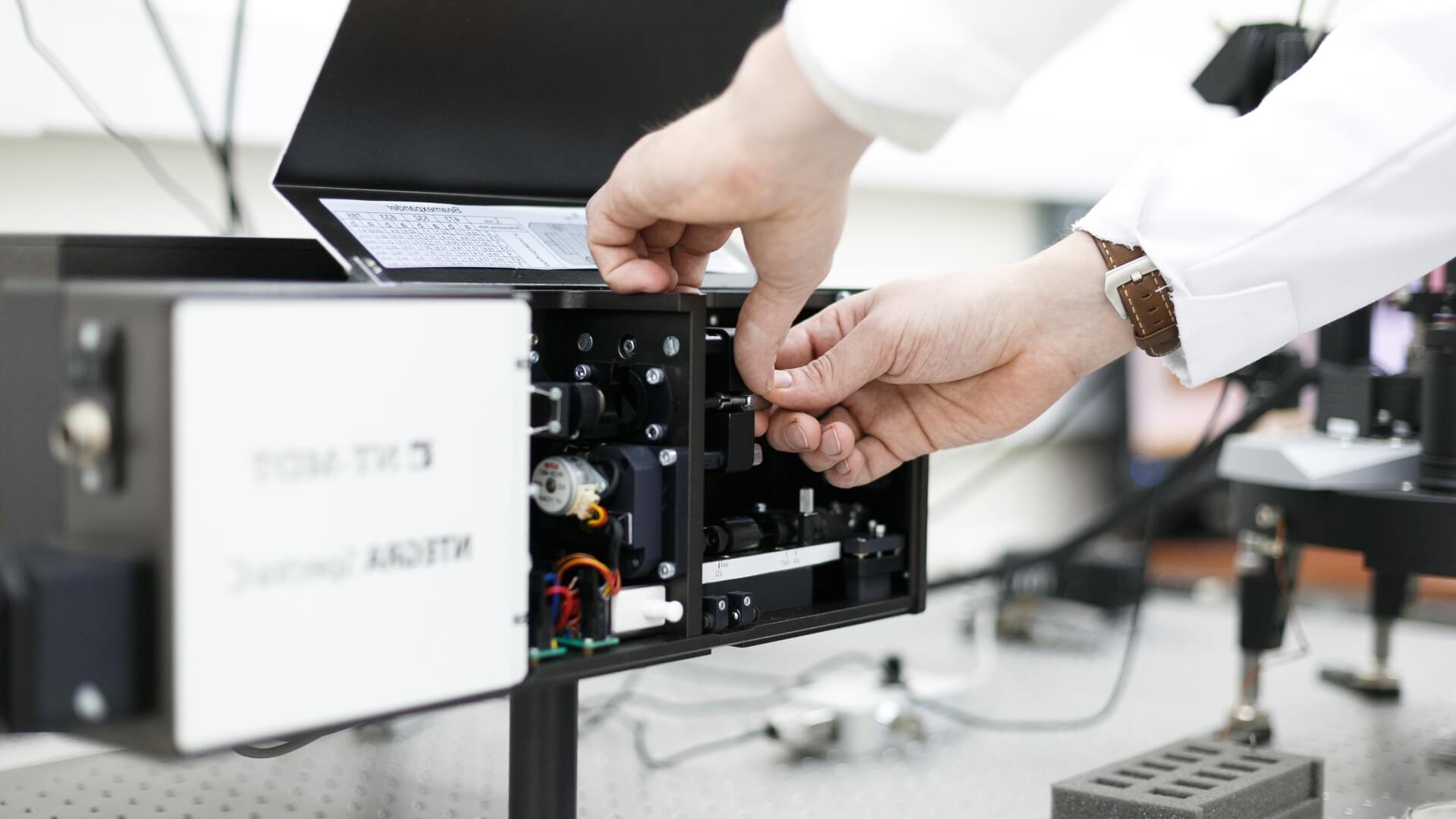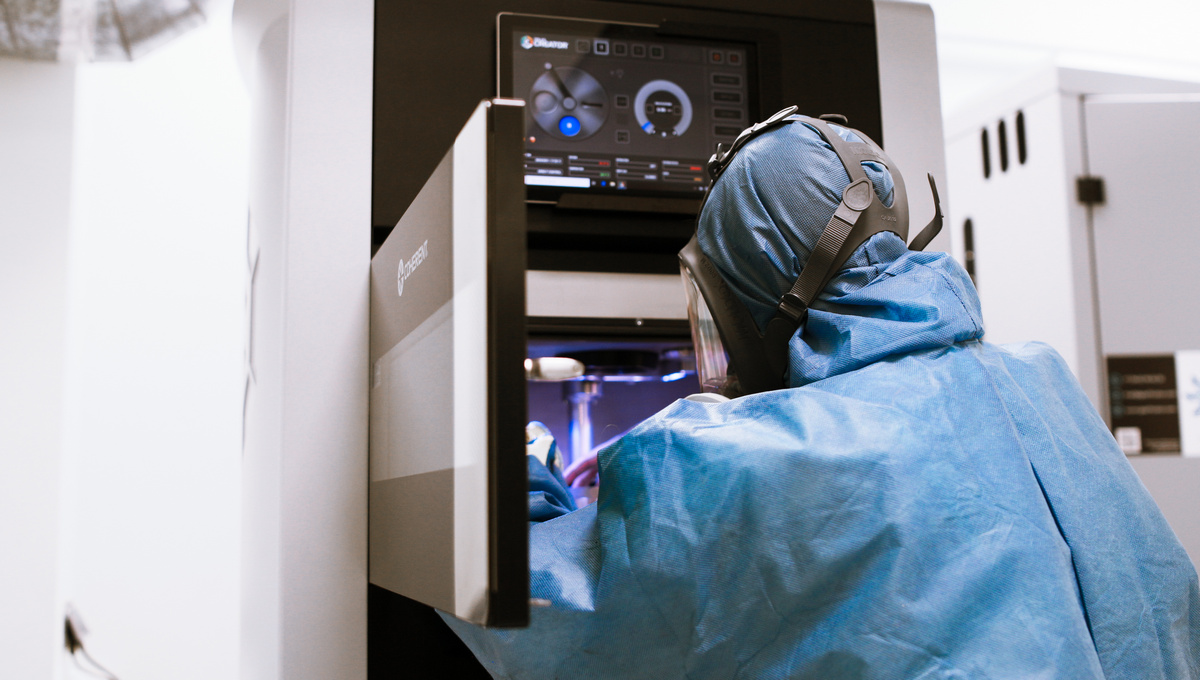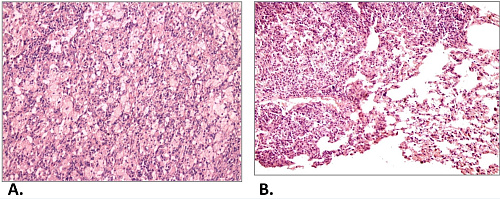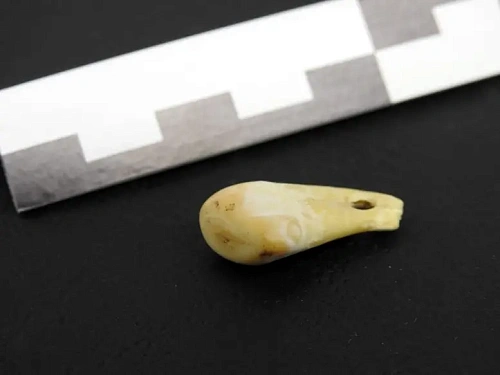Creating complex and small magnets is not an easy scientific and technical task, but they are in demand in various specialized applications, primarily medical ones. One of the most promising ways to create complex-shaped parts from magnetically hard materials is 3D printing. Ural scientists managed to determine the optimal parameters for 3D printing of permanent magnets using the selective laser sintering method. This is an additive manufacturing method in which magnetic material in the form of powder is sintered layer by layer into a three-dimensional product of a given shape based on a previously created 3D model. This technology makes it possible to change the internal properties of the magnet at almost all stages of production. For example, to change the chemical composition of the compound, the degree of spatial orientation of crystallites and crystallographic texture, and to influence the coercivity (resistance to demagnetization).
“Making small magnets is a difficult task. Now they are created only by cutting a large magnet into pieces, because of the mechanical processing about half of the used material turns into garbage. Also, cutting introduces a lot of defects in the near-surface layer, which causes the properties of the magnet to deteriorate enormously. Additive technologies allow to avoid this and make complex magnets, for example, with one north pole and two spatially separated south poles or a magnet with five south poles and five north poles at once. Such configurations are necessary for pacemakers, where it is only possible to assemble the rotor for an electric motor from separate magnets under a microscope,” explains Dmitry Neznakhin, Associate Professor at the Department of Magnetism and Magnetic Nanomaterials and Researcher at the Section of Solid State Magnetism at UrFU.
Currently, scientists succeeded in producing thin, about one millimeter, permanent magnets whose properties are similar to those of industrially produced magnets. The base was a powder containing samarium, zirconium, iron, and titanium. The compound has suitable characteristics for permanent magnets, but traditional manufacturing methods deprive the compound of most of its properties. Therefore, the scientists decided to see if the properties could be preserved with the new technology.
“When creating permanent magnets based on these compounds using traditional methods, the properties of the finished products are far from the theoretically predicted ones. We found that when sintering a sample, adding a fusible powder from an alloy of samarium, copper, and cobalt allows the magnetic characteristics of the main magnetic powder to be retained. This alloy melts at temperatures lower than the properties of the main alloy change, which is why the final material retains its coercive force and density,” adds Dmitry Neznakhin.
At the moment, scientists are establishing the basic laws of formation of the microstructure and magnetic properties of hard magnetic materials, and determining which magnetic materials can be used to manufacture permanent magnets using the laser sintering method. This includes testing how the sintering method affects the properties of another known base for magnets – an alloy of neodymium, iron, and boron. The next stage of the work will be the production of bulk permanent magnets suitable for practical applications. The research was
supported by the Russian Science Foundation.

